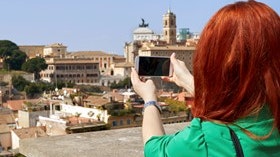Homepage
•
Learning Library
•
Blog
•
Your Students Can Create Virtual Reality Experiences
Expand breadcrumbs
Expand breadcrumbs
- Learning Library
- Blog
- Your Students Can Create Virtual Reality Experiences
- Homepage
- •
- Learning Library
- •
- Blog
- •
- Your Students Can Create Virtual Reality Experiences
Your Students Can Create Virtual Reality Experiences
By Janice Mak
March 1, 2016








